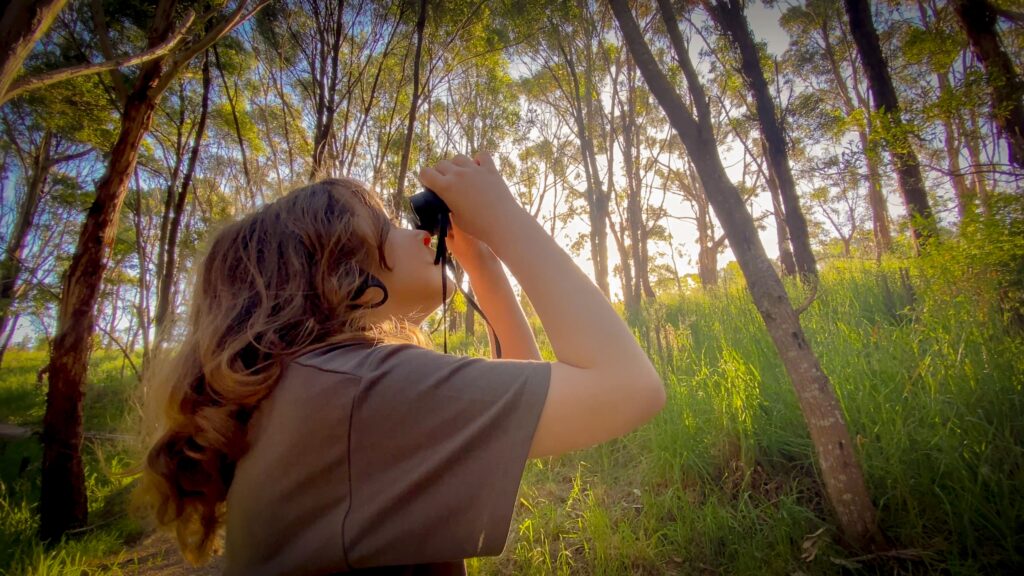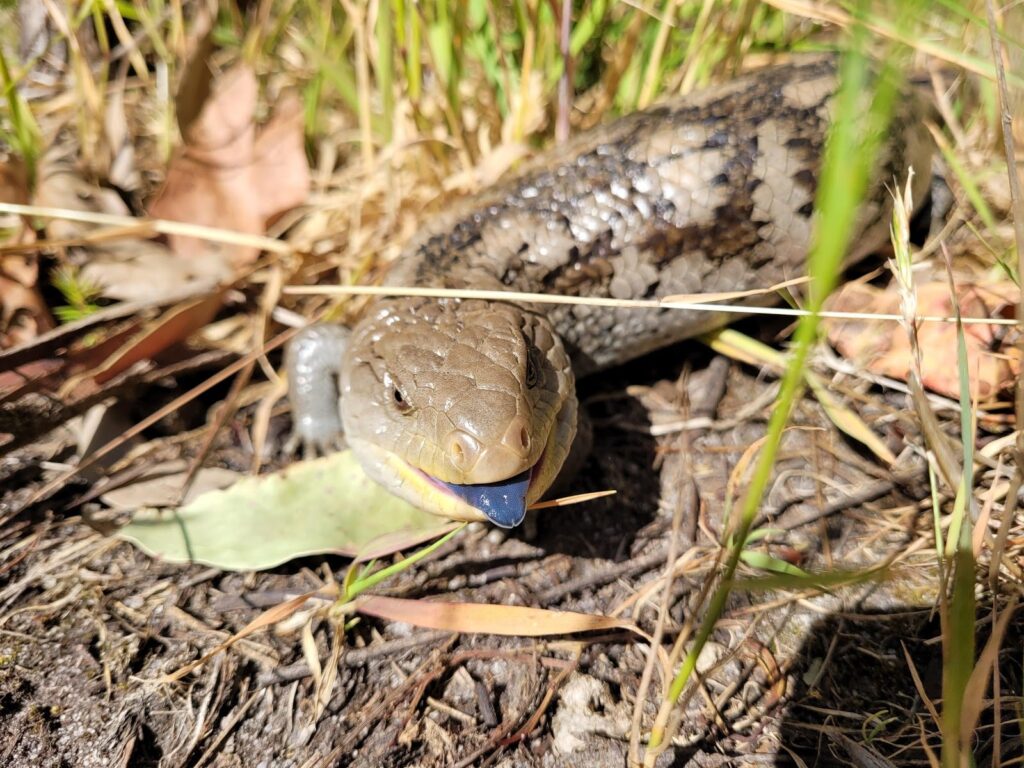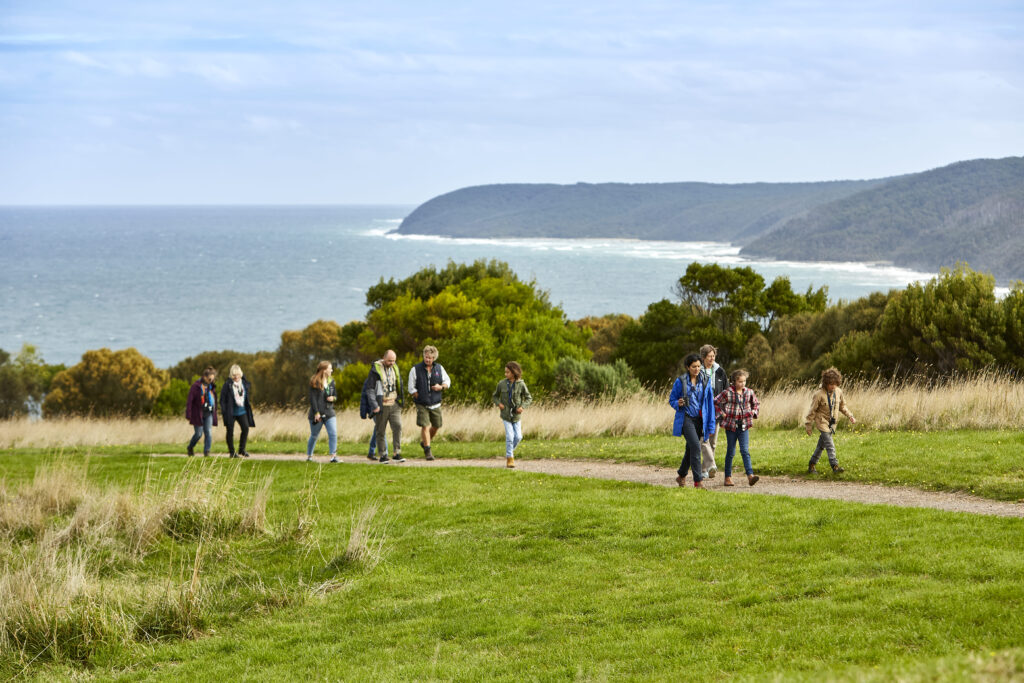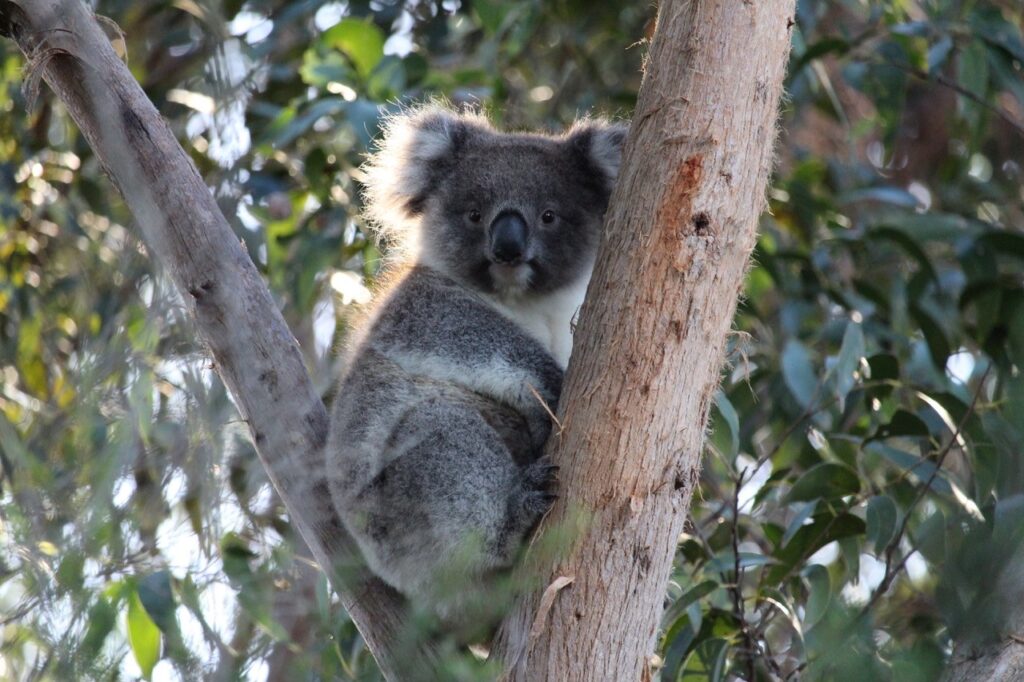By: Maia Loeffler, our Conservation Ecology Centre Intern, July 2023
Every photo counts.
We all love a good road trip. There’s nothing quite like driving along with the windows down, radio blasting, looking out at the ocean views. The Great Ocean Road is home to such a wide variety of amazing plants and animals to look out for if you keep your eyes peeled.
Did you know that you can help collect key information on these species on your next trip, with the tap of a button?

What is citizen science?
Historically, scientific research has happened behind closed doors, away from the public eye. But citizen science allows the community to crack open these doors and get involved in the process, research, data collection and overall gathering of knowledge.
The wonderful thing about citizen science is that it can be done anywhere, anytime, by anyone!

A getaway that gives back
“Be part of a network taking the pulse of the planet” – Caren Cooper
Citizen science is taking the world by storm. But you might be wondering, what does citizen science actually do?
Well, citizen science is creating a community of curious people who are helping answer big questions by providing scientists with important and real-time data. Every observation you upload goes towards gaining a better understanding of the natural world.
But not only does it collect valuable data; being a citizen scientist has many personal benefits too. It can connect you to a community of people making and sharing collective discoveries. It can help engage your kids with nature, and turn long car journeys into a fun family project.
And lastly, you’ll be surprised by how much you learn about the world around you just from recording a few observations. You might even discover the next new species!

The bigger picture
Whether you’re a mammal maniac, a bird nerd, or a plant person, there are many ways to get involved in citizen science. Here are a few great options to get you started:
- iNaturalist – this is a great app for recording observations of both known and unknown species. You simply upload your photo, location and any notes directly onto the app. Experts and other participants identify the species and once your photo reaches “research grade”, it is uploaded to the Atlas of Living Australia, a platform used by scientists worldwide!
- FeralScan – Seen a feral species during your Great Ocean Road trip? Make sure to snap a photo and upload it onto FeralScan. This is a user-friendly app and takes only seconds to report a sighting! Feral species include foxes, rabbits, cats, pigs, and deer.
- Wildlife Wonders – located just outside of Apollo Bay, here you can see the iconic species of the Great Ocean Road, such as koalas, wallabies, potoroos, and bandicoots. Bring your camera on a tour to practice your photography skills, too. While you’re there, make sure to visit the store and grab a field-guide or two to take with you on your trip. Your visit to Wildlife Wonders also helps fund the Conservation Ecology Centre.
- Join a growing community of citizen scientists. From NatureWatch to ReefWatch, there is a project out there for everyone. Visit ParkConnect to find out which project best fits your interests, and how you can take part in planned surveys.

Here are some important tips for all you citizen scientists:
DO:
- approach the animal slowly, and stay at least 1.5 metres away (animals like social distancing too!)
- try to get a few different angles when you take photos – this can help experts identify the species.
- check out Parks Victoria’s toolkit for citizen science.
- explore the Great Otway National Park and Port Campbell National Park. They are full of an amazing range of trees, flowers, fungi, birds, mammals, bugs…
DON’T:
- take flowers, plants, rocks or shells from their natural habitat. Leave only footsteps, take only photos.
- stop on the side of the road to photograph an animal! Not only is it dangerous for you and other drivers, but can scare the animal onto the road. There are plenty of walks along the Great Ocean Road you can go to get great animal (and plant) photos instead.
If you have a phone or camera, enjoy spending time outside, and are curious about the world, then you are already halfway there to becoming a citizen scientist. So next time you head off along the Great Ocean Road, consider how you can turn your holiday into one that counts.




